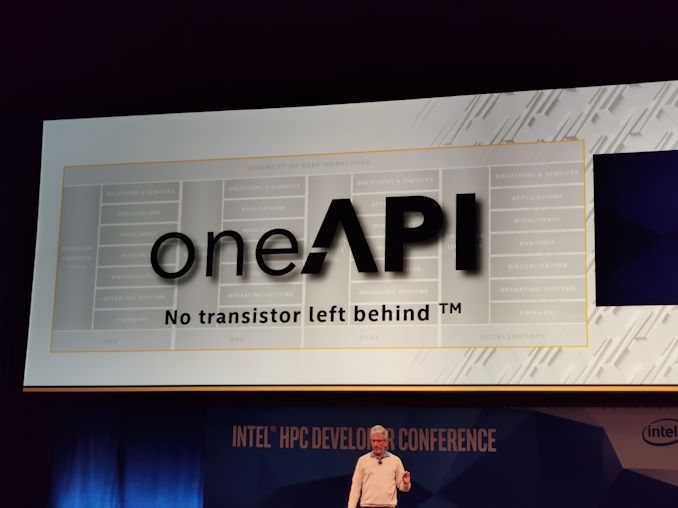Originally posted by coder
View Post
Ice Lake did see significant IPC gains vs the old Skylake architecture, and it's essentially the same chip as what ended up in Rocket Lake and Tiger Lake. They just updated the manufacturing processes to clock faster, and the latter has an updated cache design.
Originally posted by anandtech



Comment